Golf is a sport of precision and accuracy, and the slightest error in distance measurement can have a significant impact on your score. To achieve better scores, golfers of all levels have begun using rangefinders. These devices use laser technology to accurately measure the distance to various points on the course, including flagsticks, obstacles, and other landmarks. In this blog post, we will explain the tips for using a golf rangefinder to improve your golfing skills.

- Understand your equipment
Before you start using a Rangefinders on the course, it is necessary to understand the features and functions of the rangefinder you are using. Most rangefinders have different distance measurement modes, such as slope adjustment measurement, continuous range reading, ARC (angle range compensation), pin-finding and flagstick lock vibration, speed measurement and other mode functions, which can help you measure the distance to the flagstick more accurately. Familiarize yourself with the modes and settings of the device and make sure you know how to use it before actually using it.

GOGOGO SPORT VPRO GS24 Golf Rangefinder can fully meet the needs of most users. It provides high-precision distance measurement and integrates the latest features such as continuous distance reading, ARC (angle range compensation), flagstick location and flagstick lock vibration (vibrates when the flagstick is locked), and speed measurement.
- Use on the range
Using a rangefinder on the driving range can help you understand how far each club hits and adjust your game accordingly. Measure the distance to different targets and try hitting the ball with different clubs to see how far they go. This information can help you determine the clubs to use on the course and help you make better decisions about which shots to play.
- Check your yardage
Once on the course, use the rangefinder to measure the distance to various points, including flagsticks, hazards, and other landmarks. Knowing the exact yardage to your target can help you make better decisions about which club to use and which shots to make. It can also help you avoid obstacles and other trouble spots on the course.

- Check the slope
Many rangefinders come with a slope adjustment measurement feature that takes into account the slope and elevation changes on the course. This feature is especially helpful on hilly or undulating courses where shots may appear shorter or longer than the actual distance. Use the slope adjustment measurement to get a more accurate yardage to your target and adjust your shot accordingly.
- Check the Weather
Weather conditions can have a significant impact on your game, and using a rangefinder can help you adjust for wind and other factors. Use a rangefinder to measure the distance to the flagstick and other targets, then check the wind direction and strength to determine how it will affect your shot. This information can help you choose the right club and make better decisions about which shot to play.

- Stay Focused
While using a rangefinder can be helpful, it's important to stay focused on the game and not be distracted by technique. Use the rangefinder quickly and efficiently, then focus on your shot. Remember, golf is a sport that requires precision and focus, and using a rangefinder is one of the tools that will help you get better results.


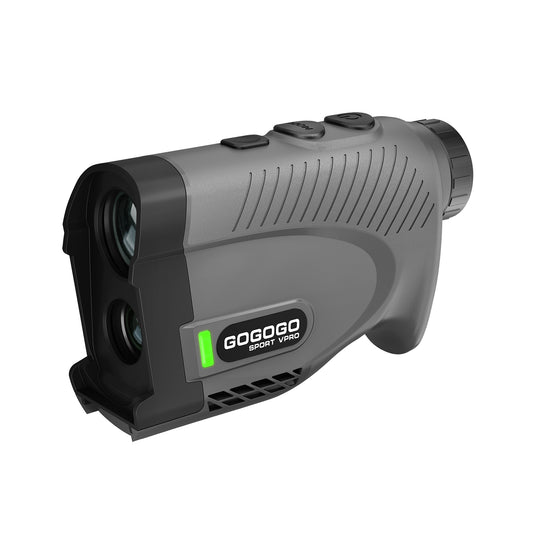
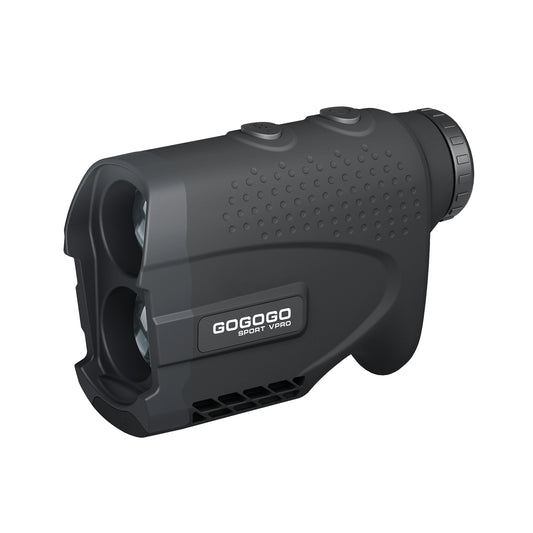
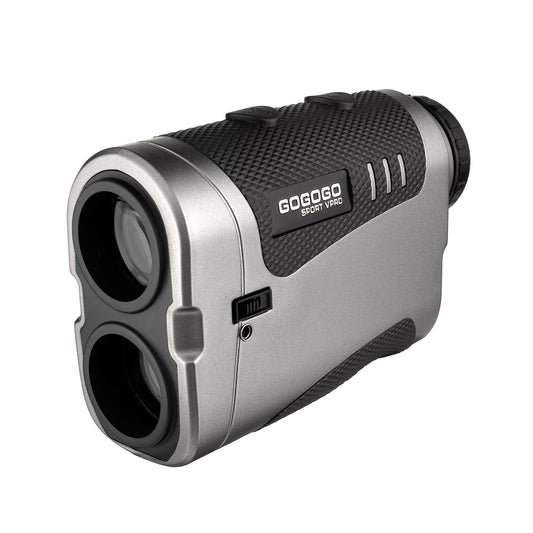
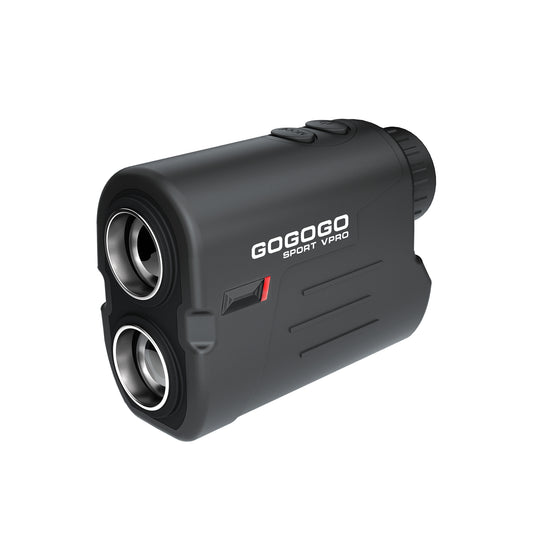
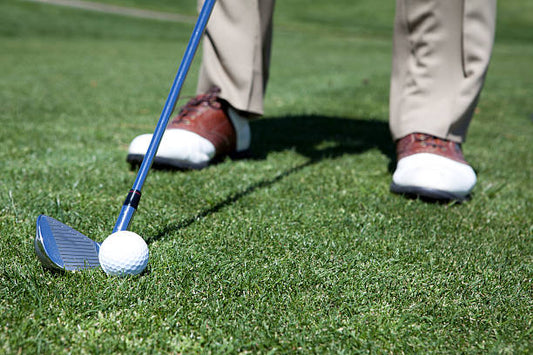
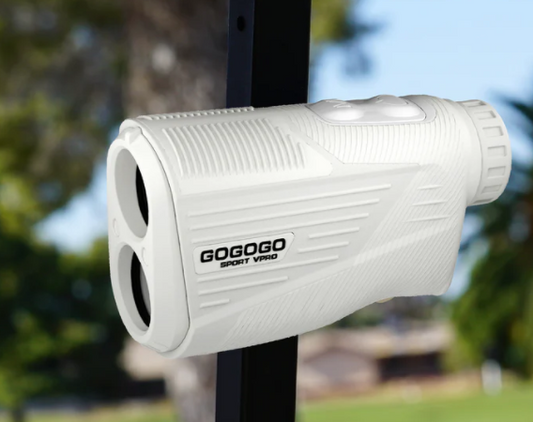
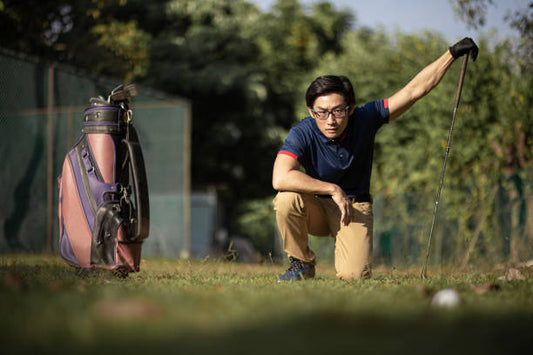
![[2025] The Ultimate Guide to Pinseeker Rangefinders for Golfers](http://gogogosport.com/cdn/shop/articles/gogogo_sport_vpro_pinseeker_rangefinder.png?v=1757993796&width=533)